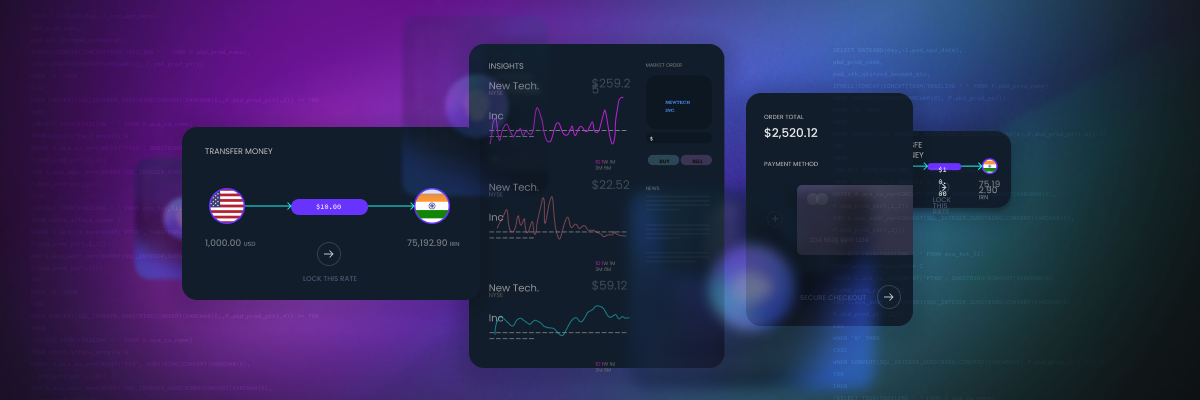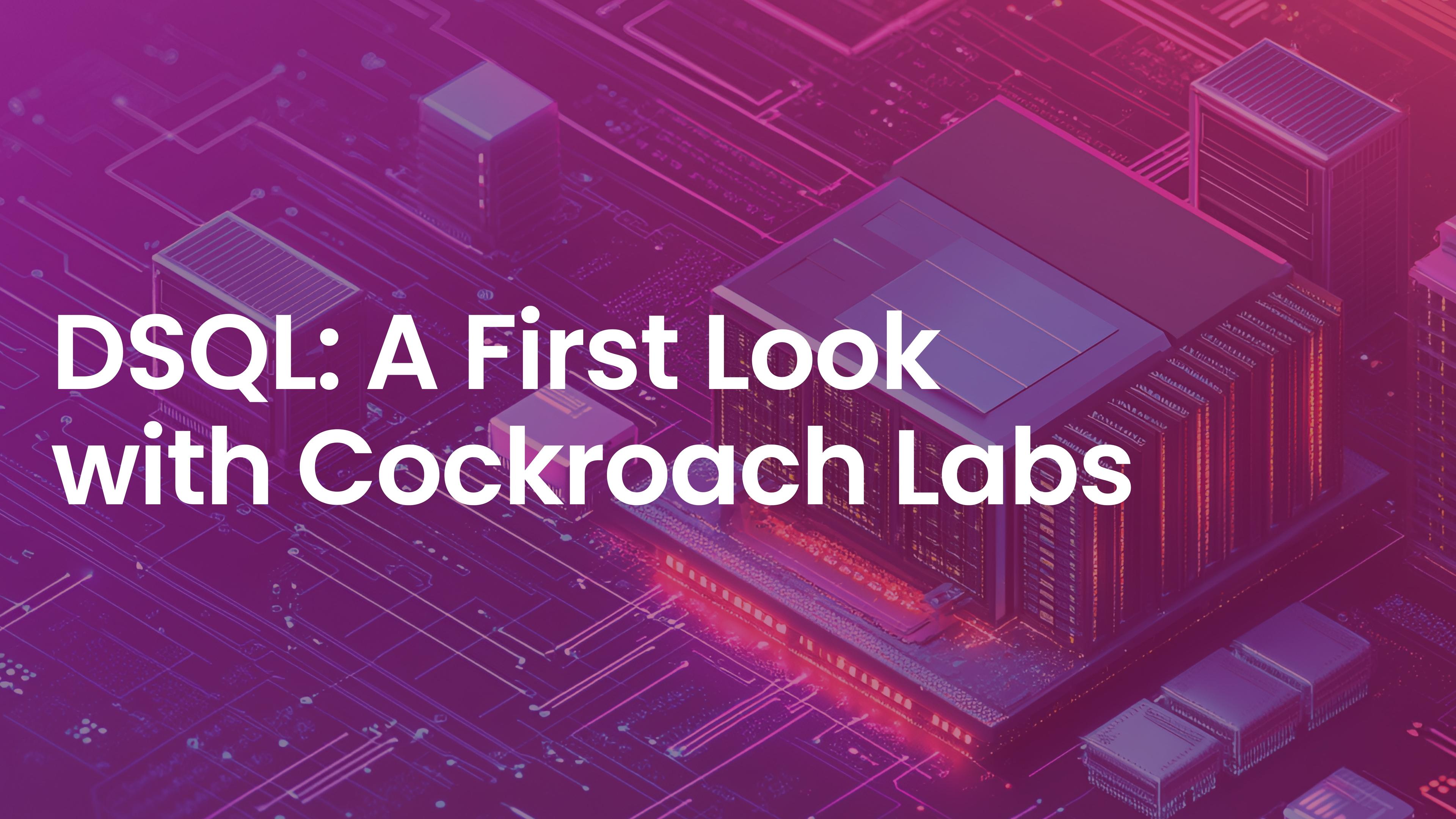
Blog
Product
Company
Product
CockroachDB Turns Ten: Scaling the Future of Relational Databases
From Day One, our goal has been to bring together the benefits of both SQL and NoSQL, using a cloud-native, distributed architecture. But what we have accomplished for our customers over the past 10 years is only the beginning.

Spencer Kimball
February 18, 2025
Product
Scale & Resilience
CockroachDB 25.1: Enhanced resilience and performance
Performance improvements are critical, not only for the scope and scale of applications, but also because increasing performance drives down the cost of ownership – and that’s where Cockroach Labs has focused on in this new release.

David Bressler
February 18, 2025
Product
Why Fortune 50 banks are leaving traditional RDBMS for CockroachDB
In the world of finance, changing databases is usually pretty rare. When you’re in charge of other people’s money — several trillion dollars of it, in the case of one of the banks discussed in this article — even small changes could represent major risks. That’s why even today, many banks still run systems based on legacy relational databases such as Oracle, IBM, and PostgreSQL — often the same databases they were using 10 or even 20 years ago.

Cassie McAllister
January 16, 2025
Product
Comparing CockroachDB and PostgreSQL
Before we begin a comparison blog post about PostgreSQL, we must first acknowledge that it is one of the most reliable and widely used databases in the history of software. The world owes a debt of gratitude to the open source community that has built and supported this important project for the last 35 years. In this post, we unpack some of the architectural differences between PostgreSQL and CockroachDB. We’ll point out where the limitations of single server, single instance architecture might pose challenges for modern cloud infrastructure, and how a distributed foundation can be a better solution for your apps and services.

Cassie McAllister
January 6, 2025
Scale & Resilience
Product
Aurora DSQL is in preview – A first comparison with CockroachDB
At AWS re:Invent 2024, AWS announced the latest edition to their database offerings: Aurora DSQL, which is now in Preview. The fact that AWS, a company with $100+ billion in ARR, is investing in distributed SQL, is further confirmation of what our founders and team have bet on for nearly a decade: distributed SQL solves a lot of business-critical problems, and it’s a solution that is here to stay. In short – competition is validation. While we’re thrilled that DSQL undoubtedly will drive more interest and choice in the area of distributed SQL databases, it is important to highlight some of the notable differences between DSQL and CockroachDB.

Ray Austin
December 27, 2024
Product
Scale & Resilience
Introducing WAL Failover
With CockroachDB release 24.3 we are introducing write-ahead log (WAL) failover, a solution for transient disk stalls commonly seen in cloud storage. During a disk stall, the underlying storage is not available, adding application latency. While we can’t prevent disk stalls, WAL failover helps minimize their impact on CockroachDB instances.

David Bressler
December 6, 2024
Product
Scale & Resilience
Introducing Logical Data Replication in CockroachDB
We are excited to introduce Logical Data Replication (LDR) in Preview in the 24.3 release of CockroachDB. LDR enables data replication between CockroachDB clusters and enables both clusters to actively receive traffic during replication.

Alicia Lu
November 26, 2024
Product
Scale & Resilience
2DC Support with Cross-Cluster Replication
We have invested in building two cross-cluster replication tools: physical cluster replication (PCR; Generally Available in 24.1) and logical data replication (LDR; Preview in 24.3). These cross-cluster replication tools will enable you to achieve regional resiliency, low single-region write latency, and survive entire cluster outages when deploying your applications on CockroachDB.

Alicia Lu
November 21, 2024
Product
Scale & Resilience
CockroachDB 24.3: Enhanced resilience and a simplified self-service trial
Finding the balance between resilience, scale, governance, and performance is hard – and that’s where Cockroach Labs excels. With the release of CockroachDB 24.3 we continue to make important strides on all these fronts, improving resilience and performance, while adding enterprise capabilities like support of Microsoft’s Active Directory and database triggers.

David Bressler
November 19, 2024








